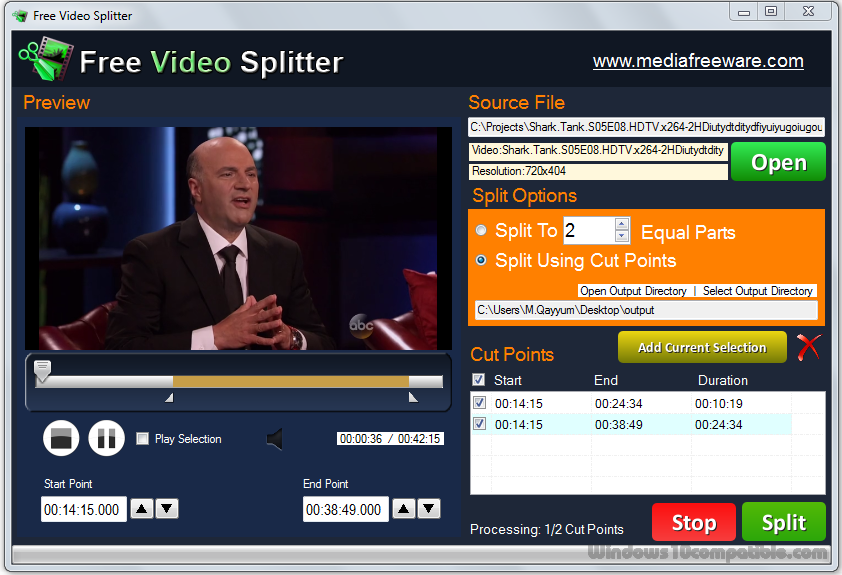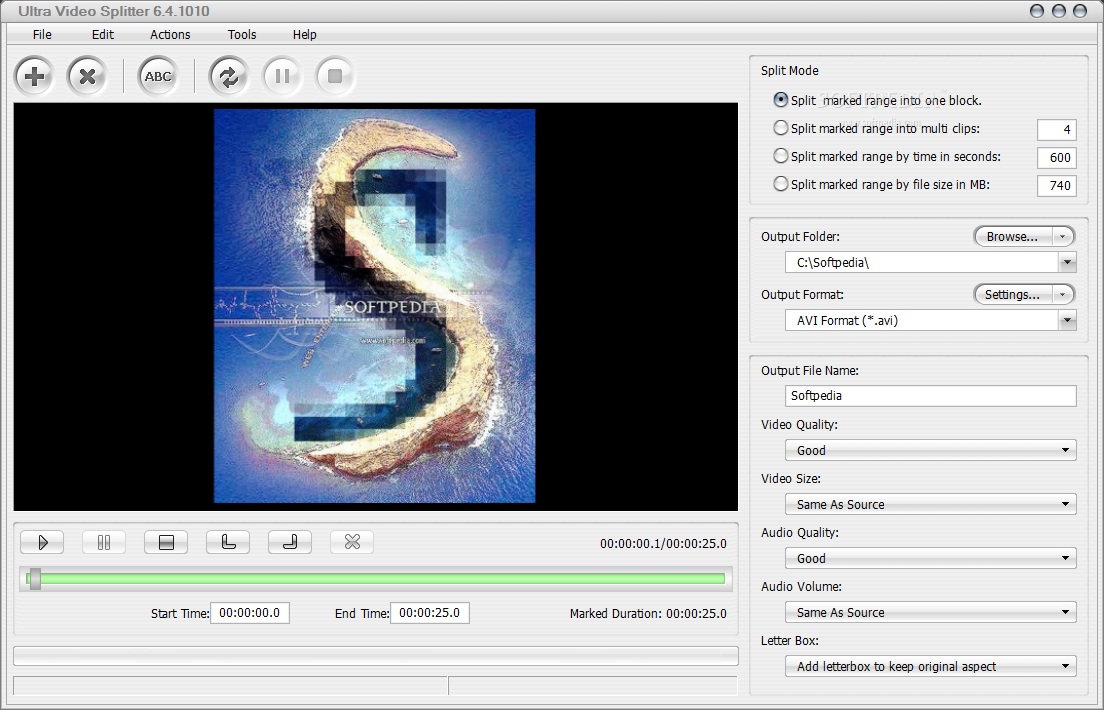

In a strictly monodic system, all oscillators are triggered at the same time when pressing a single key. In the last article we saw that you can often have several oscillators for one single voice. A paraphonic system is based on a monodic architecture (one note or voice at a time) to simulate, to some extent, a polyphonic one. Say what? Well, it’s a somewhat particular system that had its best years before the advent of real polyphony, and which is nowadays used by some modern analog synths, like Waldorf’s Pulse 2. ParaphonyĪn article about polyphony wouldn’t be complete without talking about paraphony. Today, the developments in terms of computing allow synth manufacturers to greatly increase the number of polyphony voices, which can go up to 128 for synths that are all-digital. When the keys pressed exceed the voices available, notes start disappearing, since the voices they were assigned to are redistributed to other notes. The second element is the voice allocation system, which allows the synth to assign the pressed keys to the voices available. The combination of this status bit and the key’s ID allows the synth to immediately know which key was pressed. This is detected by a 7th bit, called status bit, which sends a “0” if the key is not engaged or “1” if it is. To trigger a note, the corresponding key of the keyboard must be pressed. For example, the “0” key (the keyboard’s first C) is identified with “000000,” while the “license plate” of the seventh key (the first G) reads “000111”…and the 60th key (which is actually the 61st, right?) is “111100.” A counter scrolls all 61 key IDs continuously in loop, “activating” each note one at a time, but without triggering them.
MOVIE SPLITTER FREE LICENSE
Each key is assigned a binary number, which serves as a sort of license plate. The first element in the system is the keyboard’s scanner circuit, which works in the following way: For a 61-key synth ─ numbered from 0 to 60 in decimal system ─ a six-bit binary number allows the individual recognition of each key ─ six bits actually allow identifying up to 64 keys (from 0 to 63) in total. The solution, for this and many other synths, was only possible thanks to the development and introduction of digital technology, the only one that allowed for such level of complexity while remaining economical and effective at the same time.
MOVIE SPLITTER FREE HOW TO
However, its keyboard had 61 keys, which raised a thorny issue: How to determine which keys the few voices available were going to be assigned to. It had only five voices of polyphony, with two oscillators per voice.

Take, for example, the celebrated Sequential Circuits Prophet 5.


 0 kommentar(er)
0 kommentar(er)
